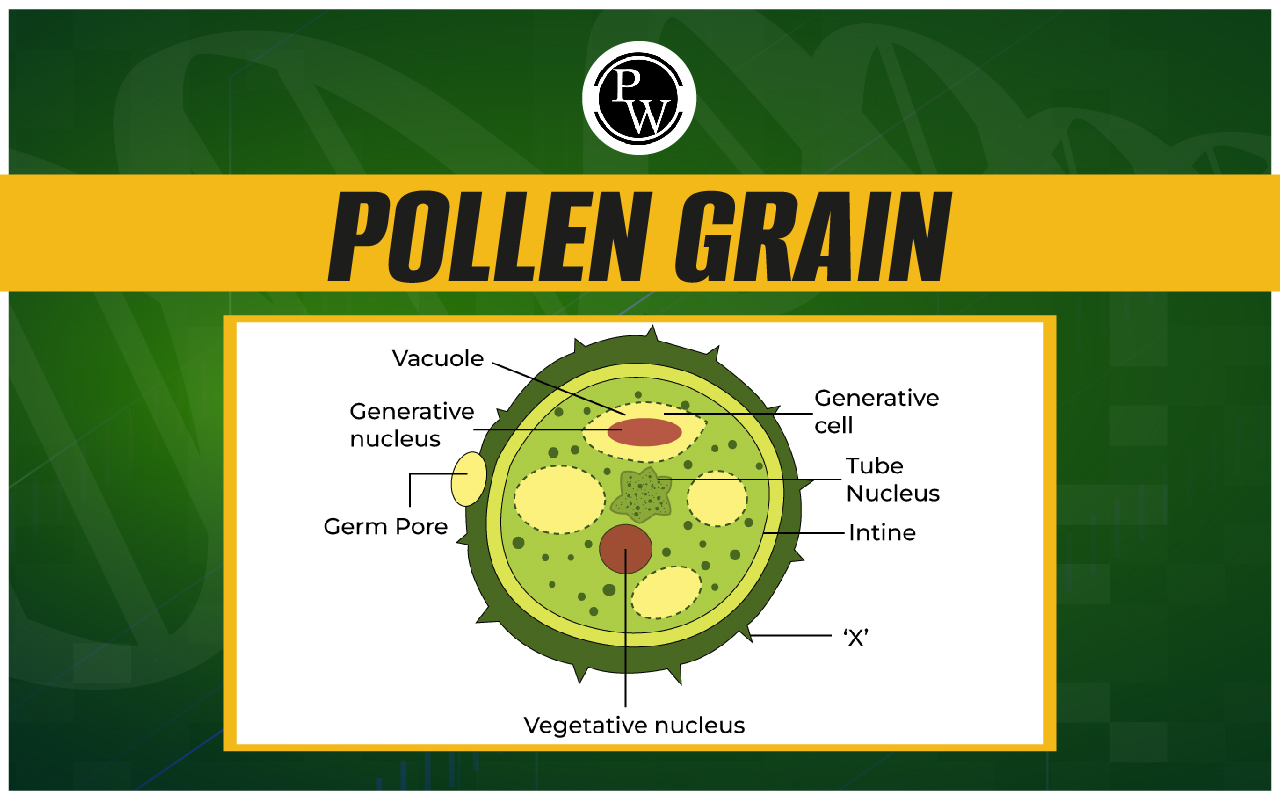
Chrysophytes , often called golden algae, are a group of microorganisms belonging to the kingdom Protista. These unicellular or colonial organisms are predominantly found in freshwater and marine environments. Chrysophytes are primarily photosynthetic, which means they can make their own food using sunlight, similar to plants. However, unlike plants, they do not have specialized roots, stems, or leaves.
The study of Chrysophytes is essential for the NEET Exam as these organisms are fundamental to understanding the diversity within the Protista kingdom.Definition of Chrysophytes
Chrysophytes are a group of algae , often referred to as golden-brown algae, commonly found in lakes and freshwater habitats. Their golden coloration comes from unique photosynthetic pigments, and they are usually unicellular with a flagellum, which enables mobility in water. Over 1,000 species of Chrysophytes have been identified so far.Characteristics of Chrysophytes
Chrysophytes are a diverse group of golden-colored, flagellated microorganisms known for their unique adaptations, such as heterokont flagella and the ability to survive harsh conditions through specialized resting stages.- Chrysophytes primarily include flagellates from the classes Chrysophyceae and Synurophyceae.
- They are characterized by heterokont flagella (two different types of flagella).
- Chrysophytes have yellow accessory pigments that assist in photosynthesis and give them a golden color.
- They form silicified endogenous resting stages called stomatocysts, which help them survive in unfavorable conditions.
- Around 1,200 species of Chrysophytes have been described so far.
- Many Chrysophytes are mixotrophic, meaning they use both photosynthesis and ingestion of bacteria and small algae to obtain nutrients.
Cell Structure of Chrysophytes
Chrysophytes are unique due to their cell wall structure. The cell walls are composed mainly of silica, particularly in diatoms, creating a glass-like shell around the organism. This silica wall, often referred to as a frustule, is very durable and remains intact even after the diatom dies, forming what is known as diatomaceous earth . Chrysophyte cells contain chlorophyll and accessory pigments that allow them to capture light energy efficiently. In addition, many Chrysophytes have flagella (whip-like structures) that help them move through the water.Body Structure and Organization
Chrysophytes can exist as single cells or form colonies. In colony-forming species, the individual cells are loosely connected but still function independently. Their body structure lacks complex tissues or organs, which are found in higher organisms, and instead focuses on essential cellular components like the chloroplast for photosynthesis and a nucleus for genetic information.Types of Chrysophytes
Chrysophytes belong to a larger group called algae, specifically under the golden algae classification, due to the presence of yellow and brown pigments. These pigments give Chrysophytes their characteristic golden color. Some well-known examples of Chrysophytes include diatoms and desmids . Diatoms are especially significant due to their abundance in oceans and freshwater habitats.- Diatoms : Known for their unique silica cell walls, diatoms are a primary part of the phytoplankton community and play an essential role in aquatic ecosystems.
- Desmids : A subgroup of green algae, desmids are found mainly in freshwater. They have distinctive, often symmetrical shapes, making them easily recognizable.
Reproduction of Chrysophytes
Chrysophytes primarily reproduce asexually, which means a single organism can produce offspring without the need for a mate. The two main types of asexual reproduction are:- Binary Fission : In this process, a single cell divides into two identical cells, which is the most common mode of reproduction.
- Spore Formation: Under unfavorable conditions, Chrysophytes can form spores that protect them until conditions improve.
Significance of Chrysophytes
- Diatoms serve as primary producers in aquatic ecosystems, meaning they are a crucial food source for various marine organisms.
- By performing photosynthesis, they contribute significantly to the oceanic food chain, supporting a wide range of marine life.
- In temperate climates, Chrysophytes play a significant ecological role as primary producers in spring, supporting aquatic food webs. Their presence in large numbers during this season supports a variety of aquatic organisms, which rely on them as a food source.
- The presence and diversity of Chrysophytes can serve as indicators of water quality and ecological health.
- Diatoms, a subgroup of Chrysophytes, have significant industrial applications. Their silica-rich cell walls are used to produce diatomaceous earth, which serves as a filtration aid, abrasive, and in various other applications such as pest control.
- Chrysophytes are of interest in scientific research for studying evolutionary biology, ecology, and environmental science.
MCQs of Chrysophytes
Q1. Which one of the following is a characteristic feature of chrysophytes?
- They are parasitic forms which cause disease in animals
- They have a protein-rich layer called pellicle
- They include diatoms
- They are saprophytic protists
Q2. Chief ‘producers’ in the oceans are;
- Chrysophyte.
- Euglenoids.
- Desmids.
- Diatoms.
Q3. Diatom shell is made of;
- silica.
- lime.
- magnesium carbonate.
- none of these.
Answers of MCQs of Chrysophytes
Ans1. They include diatoms,| NEET Exam Important Links | |
|---|---|
| NEET Biology Syllabus | NEET Biology Diagrams |
| NEET Biology MCQ | NEET Biology Chapter wise Weightage |
| NEET Biology Notes | NEET Previous Year Question papers |
Chrysophytes FAQs
Q. What is the purpose of chrysophytes?
Ans. Chrysophytes are primary producers in aquatic ecosystems, providing food and oxygen while contributing to nutrient cycling and ecological balance.
Q. How do Chrysophyta reproduce?
Ans. Chrysophyta can reproduce both asexually through binary fission and sexually through the formation of gametes under certain conditions.
Q. What are the special features of Chrysophyta?
Ans. Chrysophyta have heterokont flagella, yellow accessory pigments, and silicified resting stages (stomatocysts), and many are mixotrophic, obtaining nutrients through photosynthesis and ingestion.
Q. Why are chrysophytes photosynthetic? What pigments are present in chrysophytes?
Ans. Chrysophytes are photosynthetic to produce their own food and oxygen, containing yellow-brown pigments like carotenoids and xanthophylls that enhance light capture.
Q. Do chrysophytes have flagella?
Ans. Yes, chrysophytes possess two different types of flagella that aid in their mobility in water.
Talk to a counsellorHave doubts? Our support team will be happy to assist you!

Check out these Related Articles
Free Learning Resources
PW Books
Notes (Class 10-12)
PW Study Materials
Notes (Class 6-9)
Ncert Solutions
Govt Exams
Class 6th to 12th Online Courses
Govt Job Exams Courses
UPSC Coaching
Defence Exam Coaching
Gate Exam Coaching
Other Exams
Know about Physics Wallah
Physics Wallah is an Indian edtech platform that provides accessible & comprehensive learning experiences to students from Class 6th to postgraduate level. We also provide extensive NCERT solutions, sample paper, NEET, JEE Mains, BITSAT previous year papers & more such resources to students. Physics Wallah also caters to over 3.5 million registered students and over 78 lakh+ Youtube subscribers with 4.8 rating on its app.
We Stand Out because
We provide students with intensive courses with India’s qualified & experienced faculties & mentors. PW strives to make the learning experience comprehensive and accessible for students of all sections of society. We believe in empowering every single student who couldn't dream of a good career in engineering and medical field earlier.
Our Key Focus Areas
Physics Wallah's main focus is to make the learning experience as economical as possible for all students. With our affordable courses like Lakshya, Udaan and Arjuna and many others, we have been able to provide a platform for lakhs of aspirants. From providing Chemistry, Maths, Physics formula to giving e-books of eminent authors like RD Sharma, RS Aggarwal and Lakhmir Singh, PW focuses on every single student's need for preparation.
What Makes Us Different
Physics Wallah strives to develop a comprehensive pedagogical structure for students, where they get a state-of-the-art learning experience with study material and resources. Apart from catering students preparing for JEE Mains and NEET, PW also provides study material for each state board like Uttar Pradesh, Bihar, and others
Copyright © 2025 Physicswallah Limited All rights reserved.
Get App









